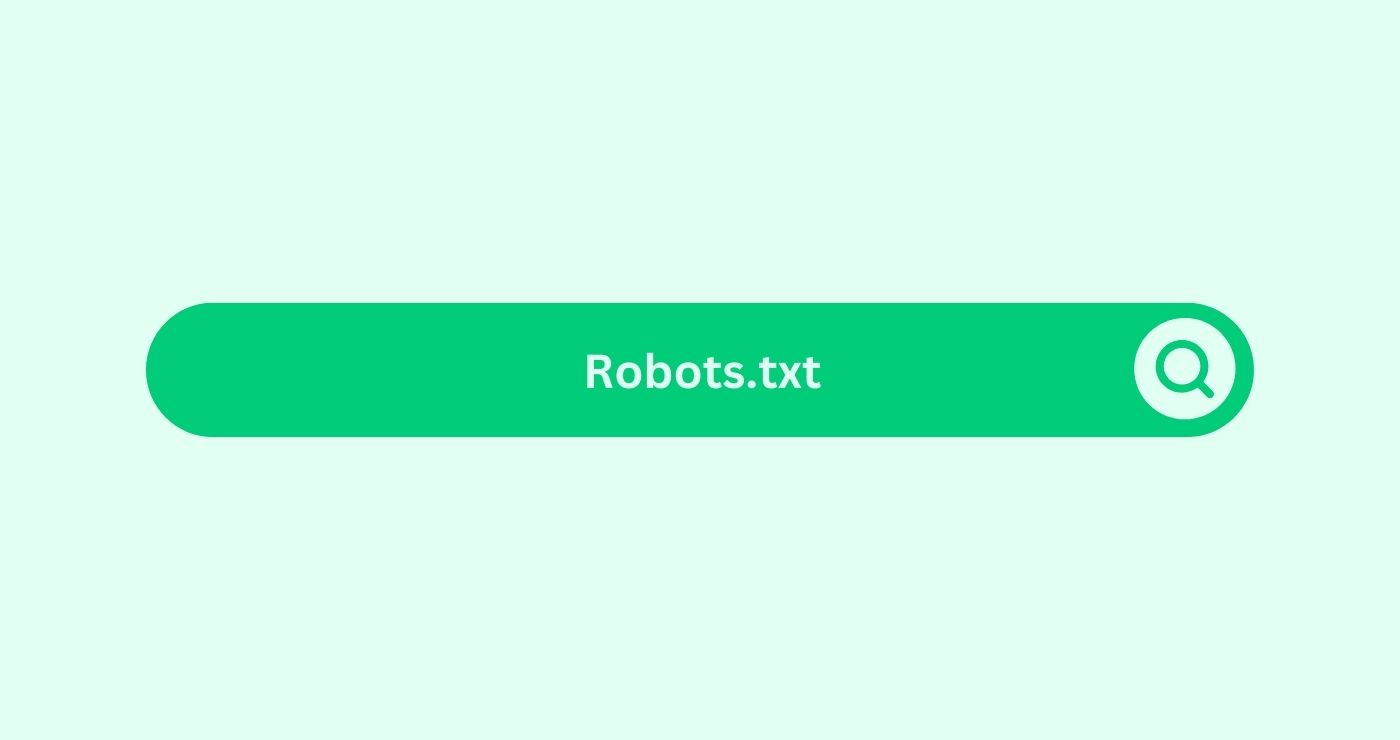Definition
Robots.txt is a text file located in the root directory of a website that instructs search engine crawlersDefinition Crawlers, also known as spiders or bots, are auto... More on how to crawl and index its pages. It contains directives that specify which areas of the site should be crawled and which should be excluded.
Example of how you can use Robots.txt
For instance, to prevent search engines from indexingWhat is Indexing? Indexing in the context of SEO refers to t... More sensitive or duplicate contentDefinition Duplicate content in the SEO space refers to iden... More, you can use the Robots.txt file to disallow access to certain directories or files. This ensures that only relevant and valuable content is indexed and displayed in search results.
Key Takeaways
- Control CrawlingWhat is crawling in the context of SEO? Crawling is the proc... More Behaviour: Robots.txt allows webmasters to control how search engine crawlersDefinition Crawlers, also known as spiders or bots, are auto... More access and index their website’s content.
- Prevent IndexingWhat is Indexing? Indexing in the context of SEO refers to t... More of Sensitive Content: It can be used to prevent search engines from indexingWhat is Indexing? Indexing in the context of SEO refers to t... More confidential or duplicate contentDefinition Duplicate content in the SEO space refers to iden... More, such as login pages or printer-friendly versions of pages.
- Improve Crawl Efficiency: By specifying which directories or files to exclude from crawlingWhat is crawling in the context of SEO? Crawling is the proc... More, Robots.txt can help improve crawl efficiency and save bandwidthDefinition Bandwidth refers to the maximum rate of data tran... More.
- Enhance SEO: Properly configuring Robots.txt can prevent the indexingWhat is Indexing? Indexing in the context of SEO refers to t... More of low-quality or irrelevant content, thereby improving the overall quality and relevanceDefinition In SEO, relevance refers to the degree to which a... More of a website’s search engine listings.
- Ensure Compliance: Adhering to Robots.txt guidelines ensures compliance with search engine best practices and can prevent accidental indexingWhat is Indexing? Indexing in the context of SEO refers to t... More of sensitive information.
FAQs
How do I create a robots.txt file for my website?
You can create a robots.txt file using a text editorDefinition A text editor is a software tool used for creatin... More and upload it to the root directory of your website via FTP or your website's control panel.
Can I use Robots.txt to block specific pages from being indexed?
Yes, you can use the "Disallow" directive in Robots.txt to block specific pages or directories from being crawled and indexed by search engines.
What happens if I don't have a robots.txt file on my website?
If no Robots.txt file is present, search engine crawlersDefinition Crawlers, also known as spiders or bots, are auto... More will typically crawl and index all accessible pages on your website.
Can I use wildcards in Robots.txt directives?
Yes, you can use wildcards such as asterisks (*) to match patterns in URLs when specifying directives in Robots.txt.
How often should I update my robots.txt file?
You should review and update your Robots.txt file regularly, especially when making significant changes to your website's structure or content.
Can Robots.txt completely block a page from appearing in search results?
While robots.txt can prevent search engines from crawlingWhat is crawling in the context of SEO? Crawling is the proc... More and indexingWhat is Indexing? Indexing in the context of SEO refers to t... More a page, it does not guarantee that the page will not appear in search results if it is linked to other indexed pages.
Does Robots.txt apply to all search engines?
Yes, Robots.txt directives apply to all compliant search engine crawlersDefinition Crawlers, also known as spiders or bots, are auto... More, including Google, Bing, Yahoo, and others.
Can I use Robots.txt to improve my website's security?
While robots.txt can help prevent the indexingWhat is Indexing? Indexing in the context of SEO refers to t... More of sensitive information, it is not a security measure in itself. Additional security measures, such as proper access controls and encryption, should also be implemented.
Are there any limitations to what can be specified in Robots.txt?
While Robots.txt is a useful tool for controlling crawlingWhat is crawling in the context of SEO? Crawling is the proc... More behaviour, it has limitations, such as not being able to prevent pages from being indexed if they are linked to other indexed pages.
How can I test if my robots.txt file is properly configured?
You can use the "Robots.txt Tester" tool in Google Search ConsoleDefinition Google Search Console is a free web service from ... More to test and validate your Robots.txt directives and see how they affect crawlingWhat is crawling in the context of SEO? Crawling is the proc... More behaviour.




